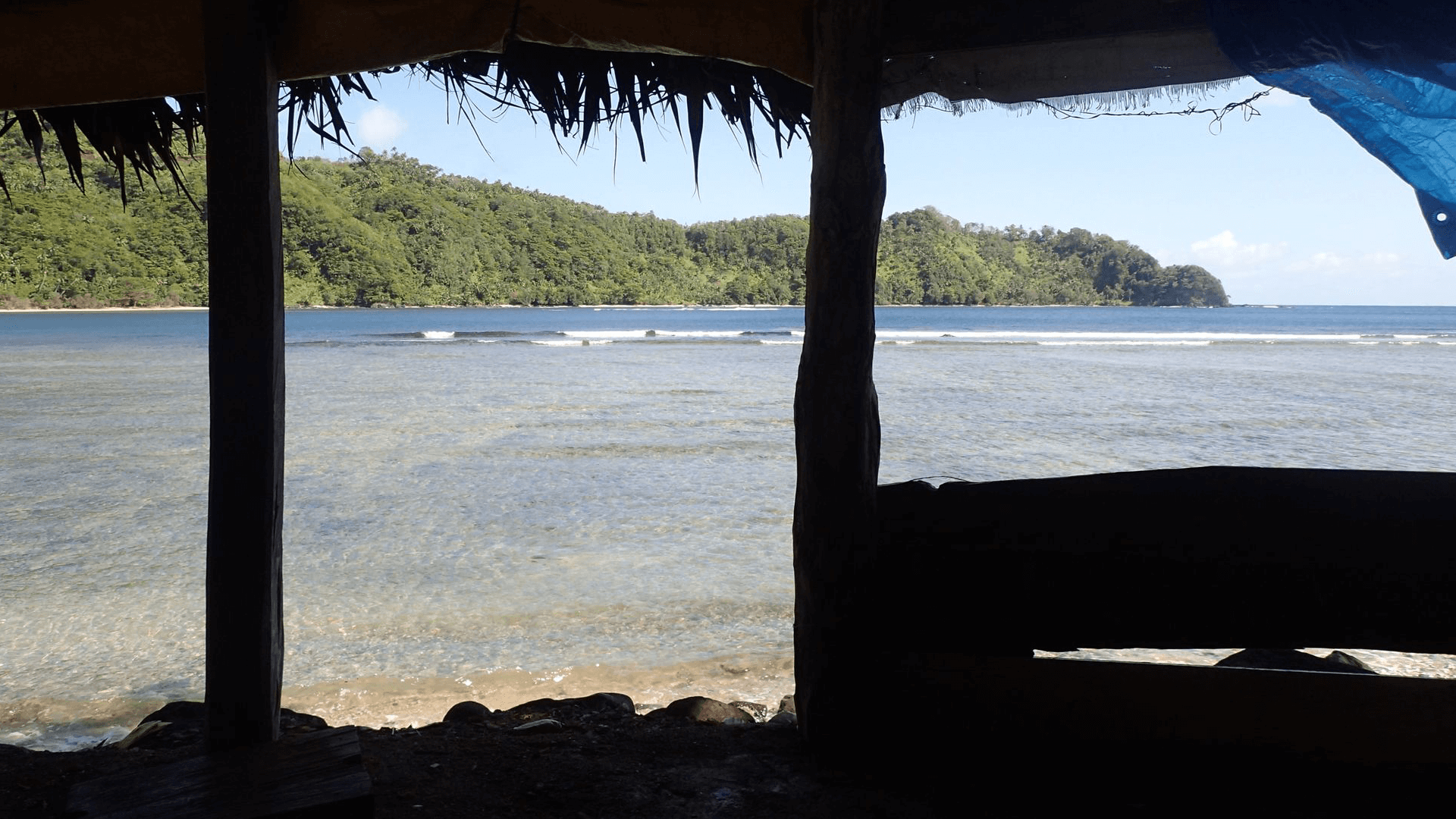I decided to start a career as a remote worker for two reasons:
- I desired the convenience of working from a laptop.
- I set my heart on training martial arts several times per day, while living close to my beloved gym and maximizing my time.
As I began developing approaches and plans to reach my goals, I realized that traveling as a Digital Nomad was a viable option. I had been considering this dream for the past two years, and I knew that U.S. dollars would go further in certain countries.
Thrilled, I began to formulate my plan to bide my time in various destinations, quench my thirst for worldly knowledge, train twice a day, AND build up a career without worrying too much about money.
But I needed to choose my “nomadic” outlets, or types of remote work. I call myself the “Wandering Warrior Poet” andI have written a few books in the past. With that in mind, English teaching and freelance writing were the jeans that fit. Not only is there an international market for both niches, these two complimented each other.
The only piece that did not fit in my puzzle (until later) was web design. Initially, I wanted to document my travels but did not want to spend a lot of money- so I chose the “do it yourself” method. Later, while creating my website, I realized this was another market with more opportunities.
Then, the COVID-19 monster shocked the world. One small silver lining, however, is that it changed the workforce as we know it. Many people have stumbled into a digital nomad or remote worker position.
If you want to purposefully seek the life that allows you to choose your own schedule and clientele base and work as a freelancer, here are some steps you need to take.
- Create a work portfolio
- Reach out to networking groups
- Have a plan to minimize your expenses and/or generating a small income stream while you lay the foundation of your client base
Let’s dive deeper.
Tip #1: Build A Portfolio Before You Apply To Jobs
Many individuals who try to find freelance projects tend to go about it the wrong way. Learn from my mistakes…
My initial approach was to spam every company I found on LinkedIn. At the beginning of my “nomadic career,” I sent in applications to 50 startups. Even though I had no professional experience, I still gambled on the idea that someone would hire me as a freelance writer or web designer.
Clearly, I got ahead of myself. I had no plan and no approach for reaching my financial goals. And because I work with a “tenacious grip,” I was not cognizant of how bad my spamming was until a month later. When that lightbulb in my head finally came on, I immediately switched gears. I took my employee cap off and replaced it with an entrepreneurial one.
This means I decided to build a portfolio and client base rather than continuing to apply to dozens of jobs. When future employers see your portfolio, they will trust you a lot more than if you did not have one. Hence the saying “A picture is worth a thousand words.”
But how do you build a portfolio when you have little experience? What about no experience?
Good point! Let’s check tip #2.
Tip #2: Reach Out to Networking Groups (And Yes, You Can Dive into DMs)
When you have little experience in a field … OK, no experience in a field … your options are limited.
You cannot build a portfolio unless someone offers you a job. But most people won’t pay someone to work if they have no experience… This is truly a vicious circle. How should you proceed?
Take advantage of the resources around you while offering your services- free of charge. (Remember, the word FREE is enticing.)
In my case, I wanted to be a freelance writer and freelance web designer, but I did not have a professional background nor an education in either market.
So first, I created my own website. I figured out how to design it, what programs I needed to learn, and what concepts I needed to study, such as page and graphic design. Friends and relatives with different tastes and interests critiqued my work, and I learned what worked and what did not. That site was the first project in my portfolio.
After gaining practical experience building my website and its inherent blog, I began reaching out to my social connections. To increase my portfolio, get more practice in the field, and network with future clients, I went on Facebook… Yes, FACEBOOK.
I cast my net and asked to join 20-40 Digital Nomad, Copywriting, Web Designing, and Freelance Writing groups. After getting accepted, I posted in every single one offering free labor with the purpose of building my portfolio.
Here’s what I said:
“Hi, Nomads!
My name is Max, and I started my “Wandering Lifestyle” in January… one of the best decisions I ever made. I am a relatively new freelance copywriter and web designer who has been teaching himself the craft.
Now that my initial education phase is over, I am searching for more hands-on projects:
- Need a website designed & created?
- Want a few articles for your blog?
- Looking for a copywriter?
And because I am new to the field, this narrows the focus of what I know intimately. That being said, I DO actively try and work in many relatable settings; I taught English remotely and am familiar with the challenges online work presents. I push myself into various challenging roles and want to continue evolving my skills and sharpening my saw.
I will do my best to get the job done. If you are satisfied with the results, you can tip me whatever you want after the project is completed.
Please leave a comment below, and I will message you! 🙂
Nice to meet you
Max”
Believe it or not, I received a lot of responses. 15 messages later, I had enough projects to keep myself busy for a month. It was okay that I wasn’t able to generate income. Over the subsequent months, I increased my portfolio, spoke with dozens of professionals, and improved my skill level.
In time, I leveraged my free projects and succeeded in receiving job offers. Moreover, because my “free clients” liked my initial work, they started paying me. And that’s how I went from no experience and no money, to more experience and some money.
But the story is not over yet; there is still one tiny problem. How does one keep themselves financially “afloat” while working for free?
Scroll for tip #3.
Tip #3: Always Have A Plan To Either Minimize Your Expenses Or Generate Income… Or Both
Remember, this all depends on your financial situation. If you CAN afford to “tread water” while waiting to monetize your projects, just decrease your expenditures every month.
However, if you want to make money while working and building your portfolio for free, I know one way you can do it. Don’t worry – this is not a pyramid scheme, a bitcoin scam, and I am not asking you to purchase my “life-changing” product.
My suggestion to you is simple: teach English online.
Online English teaching is a unique experience that I believe EVERYONE should try at least once. Within the international market, there is a HUGE demand for English instructors, tutors, teachers, etc.
I worked for PalFish. They didn’t require prior teaching experience, and all I needed was a TESOL/TEFL certification (which I got for $20). After the two-week training period was over, they started paying me $16 per hour, but that can end up being as much as $26/hr.
You know what the best part was?
I taught classes from the comfort of my iPhone!
I know patiently waiting for your portfolio to grow and your free clients to evolve into “money-generating clients” can be irritating, but this is precisely why you should teach. You can generate income while waiting for your financial flowers to blossom. What more could you ask for?
Hopefully, I shed some light on beginning your freelancing journey. If you need any more help, please leave a comment below.








